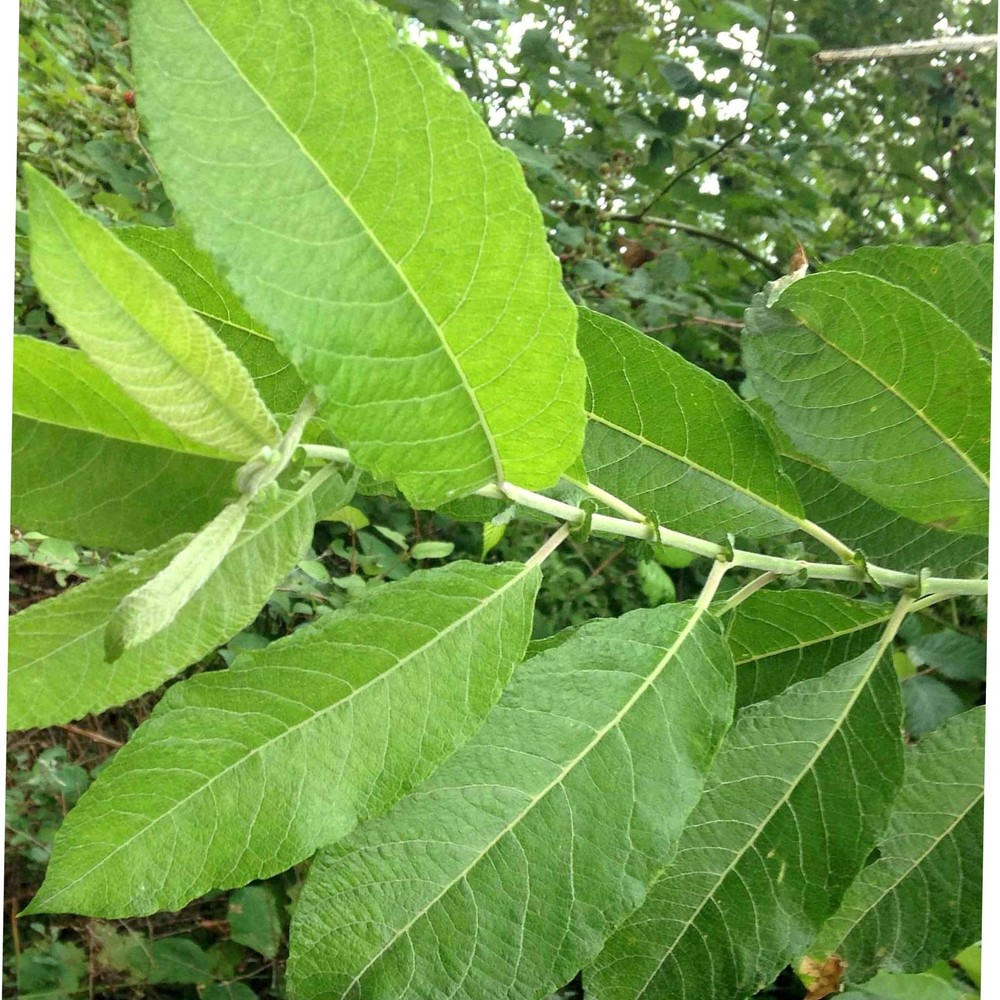Sitka willow
(Salix sitchensis)

Description
Salix sitchensis is a species of willow known by the common name Sitka willow. It is native to northwestern North America from Alaska to northern California to Montana. It is a common to abundant plant in many types of coastal and inland wetland habitat, such as marshes, riverbanks, swamps, coastal sand dunes, and mountain springs. Salix sitchensis is variable in appearance, taking the form of a bushy shrub or an erect tree up to 8 m (26 ft) tall. The leaves are up to 12 cm long, lance-shaped or oval with pointed tips, smooth-edged or toothed, often with the edges rolled under. The undersides are hairy to woolly in texture, and the upper surfaces are mostly hairless and dark green. The inflorescence is a catkin of flowers, slender or short and stout. Male catkins are up to 6 cm long and female catkins are longer, sometimes exceeding 10 cm as the fruits develop. The bloom period is March in California. The willow genus or willow genus (Salix) is a genus in the willow family, and grows as trees, shrubs, rice or herbaceous dwarf shrubs. The trees in the genus are usually called willow trees, while the more shrub-like species are usually called willow. Otherwise, arrows are usually called the species that have flowering and leaf splitting at the same time, while species that bloom on bare twigs are called willow. The genus has over 400 species. The grayish bark of the wood is smooth or rough and with a wood that often has ridges under the bark. Its winter buds have a bud scales and the leaves are strewn, simple and notched or finely sawn. The willow is a two-story building with flowers gathered in axillary pendants.
Taxonomic tree:







